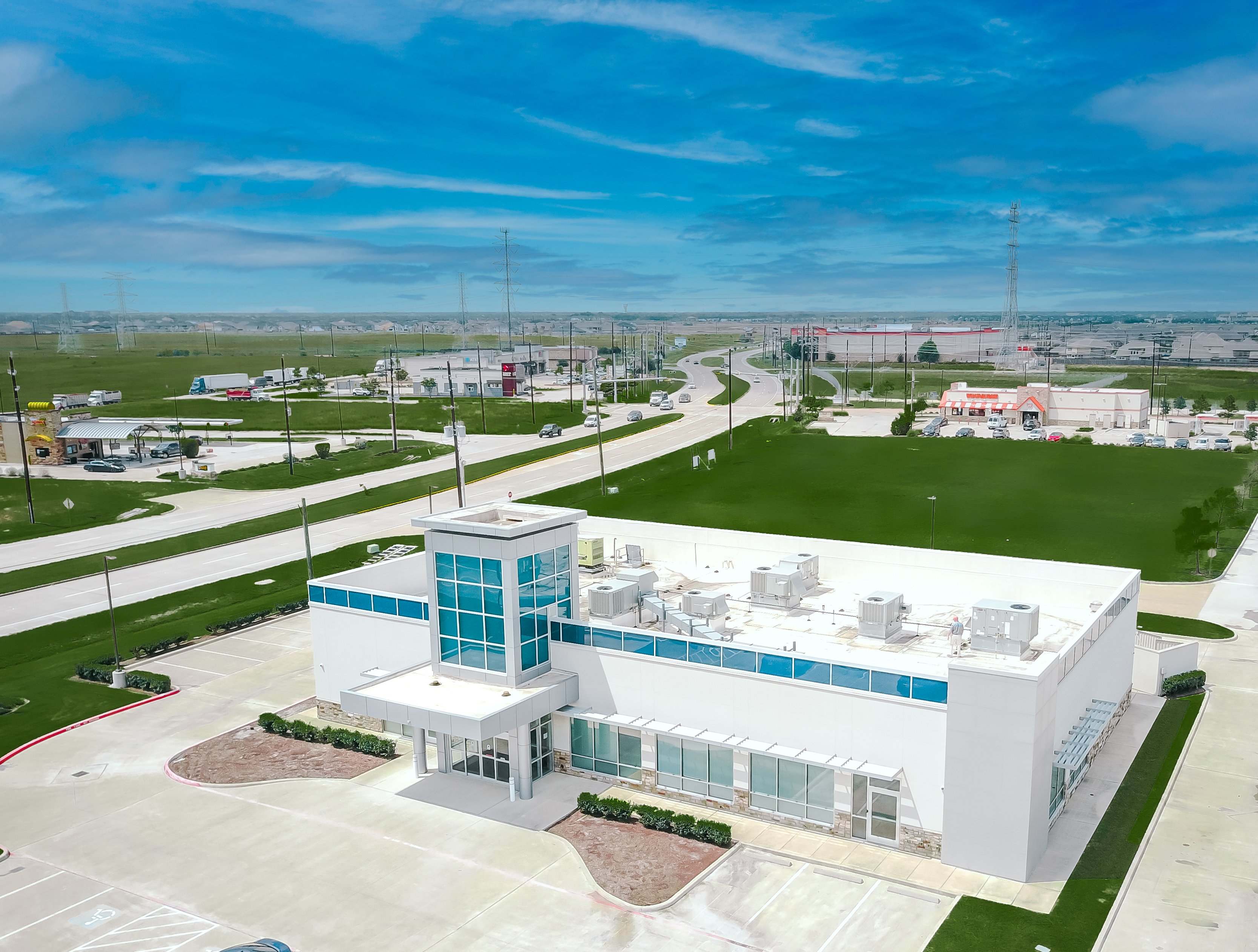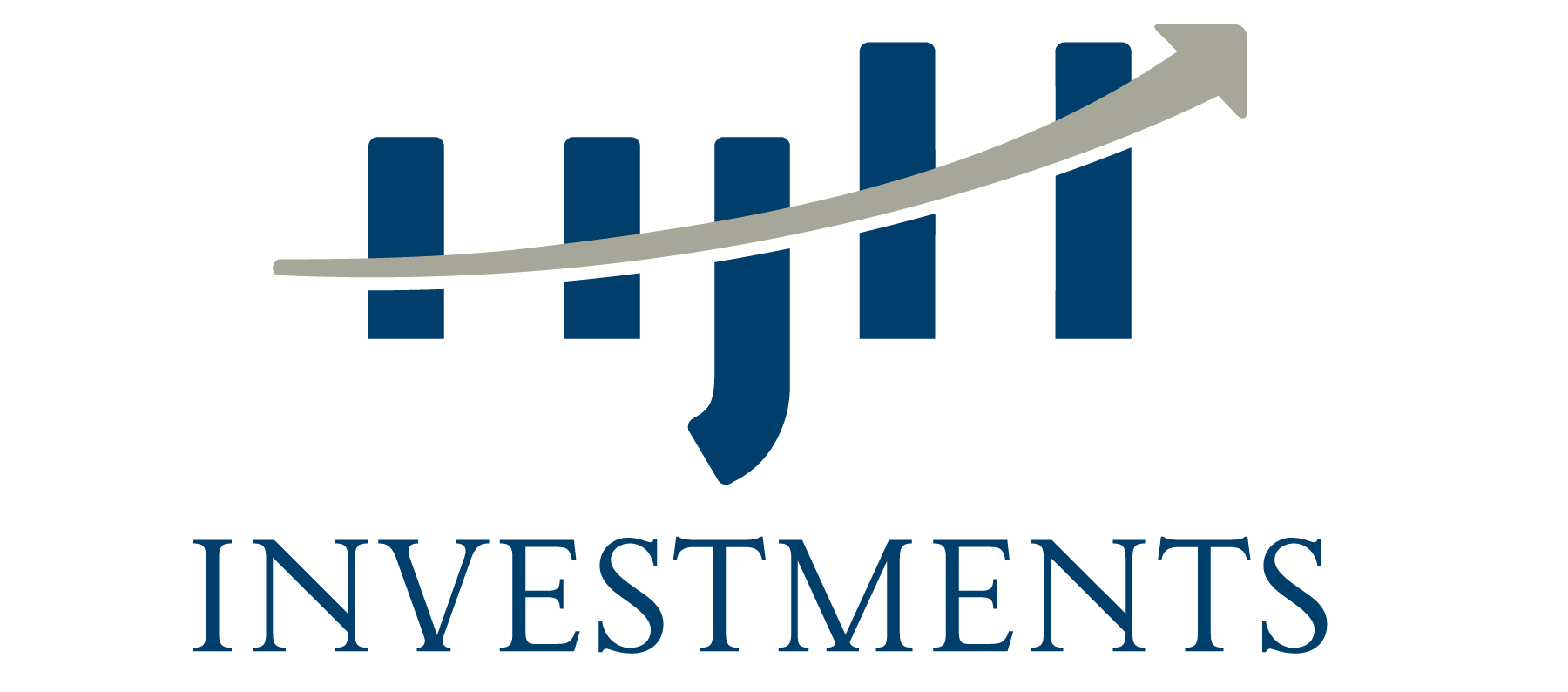
Recession-Resistant Real Estate
Everyone is feeling it - 2022 is anything but a "typical" year. Inflation is rampant, and the stock market has been one of the most volatile markets on record.
On the bright side? There is a risk-adjusted way to navigate this rocky financial landscape and still see monthly cash flow.
Rather than stashing your cash under the mattress, consider investing in the medical asset class.
Here are three reasons healthcare properties may make a promising addition to your portfolio:
1. Healthcare is a Resilient IndustryThe medical sector is a resilient industry that typically fares well in economic downturns for the obvious reason: health care is a fundamental human need. As long as the general population needs access to care, medical services will always be in high demand.
As noted in a recent article in Dallas Magazine titled Healthcare Real Estate Remained Resilient Despite the COVID-19 Pandemic, "The healthcare real estate sector is built to succeed and supported by strong fundamentals, including long-term leases, specialized build-outs, stable occupancy, and high-performing tenants, all of which are bolstered by growing demand for healthcare services."
Reports show consumer demand is on the rise, with convenient access to medical care more important than ever. While this demand is partially attributed to the pandemic, the country is also facing a demographic shift. Data from the U.S. Census estimates that 10,000 Americans turn 65 every day. In fact, all Baby Boomers will be 65 or older by 2030, and many seniors are opting to age at home. This phenomenon is due to the rising costs of nursing homes and senior housing.
2. Historically, Healthcare is a Recession-Resistant Asset Class
Healthcare real estate has a low correlation to macroeconomic trends. In turn, medical generally tends to be a recession-resistant asset class.
While extenuating circumstances may spur patients to delay routine procedures and elective surgeries temporarily - as we saw with the pandemic - those in need of immediate medical treatment will always seek care, despite the economic climate.
Referencing the previously mentioned Dallas Magazine article, “[during the pandemic] the healthcare sector remained a stable environment for providers and investors alike. Even with halts in the delivery of care, consumer demand didn't disappear as was the case in other industries."
Healthcare spending in the U.S. is on track to exceed $6 trillion by 2030, suggesting the demand for healthcare real estate will only continue to grow. The National Healthcare Expenditure report, prepared by the Centers for Medicaid and Medicare Services (CMS), states annual growth in healthcare spending is projected to average 5.1% annually.
3. Long-Term Leases and Strong Tenants
Healthcare properties generally come with long-term leases and produce a steady cash flow. In fact, medical leases are generally for longer terms and have a higher renewal probability than typical commercial tenants. HJH Investors saw this with the 20-year leases in our Total Point medical properties. Why? Medical properties are expensive to set up, feature high-dollar custom build-outs, and patients become accustomed to a particular location. As consumers, we're loyal to that with which we are familiar, and business owners survive on that loyalty. Moving a medical practice would be costly to the bottom line as well as the customer base; therefore, high tenant turnover is unlikely.
---
Is medical a fit for you? We have two medical properties in our portfolio with availability. Let's start the conversation.
